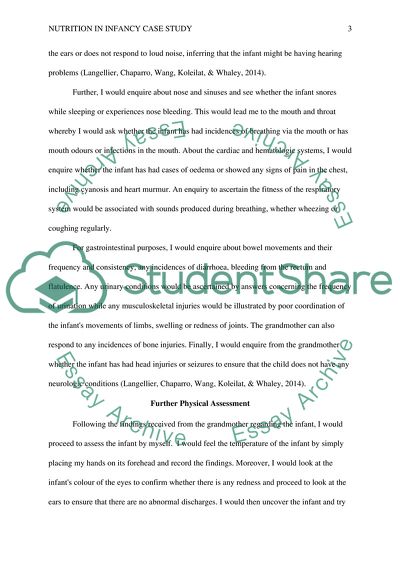Cite this document
(Paper Assignment Example | Topics and Well Written Essays - 1000 words - 1, n.d.)
Paper Assignment Example | Topics and Well Written Essays - 1000 words - 1. https://studentshare.org/medical-science/1879459-nutrition-in-infancy
Paper Assignment Example | Topics and Well Written Essays - 1000 words - 1. https://studentshare.org/medical-science/1879459-nutrition-in-infancy
(Paper Assignment Example | Topics and Well Written Essays - 1000 Words - 1)
Paper Assignment Example | Topics and Well Written Essays - 1000 Words - 1. https://studentshare.org/medical-science/1879459-nutrition-in-infancy.
Paper Assignment Example | Topics and Well Written Essays - 1000 Words - 1. https://studentshare.org/medical-science/1879459-nutrition-in-infancy.
“Paper Assignment Example | Topics and Well Written Essays - 1000 Words - 1”. https://studentshare.org/medical-science/1879459-nutrition-in-infancy.


